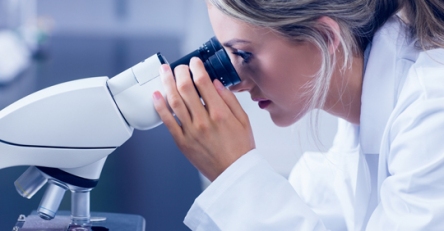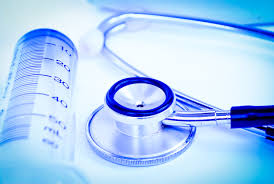Cosmetic injections vs. topical creams is an interesting debate, because both kinds of cosmetic aids come with their unique set of advantages and disadvantages, not to speak of actual detriment they cause in some people. Any user who has to decide which of these to use has to keep in mind the fact that they are both different in their uses and application. Each is suited for different or certain purposes better than the other, based on the patient’s need and situation.

The cosmetic injections vs. topical creams issue can be invigorated for certain specific treatments. For wrinkles, for example, some injectables offer temporary relief for under eye discoloration and dark circles, as they temporarily stretch the wrinkled or wrinkle-causing muscles. Topical creams may not be ideal for conditions such as this. On the other hand, however, topical creams are better at treating certain kinds of skin issues like collagen rejuvenation.
Cosmetic injections vs. topical creams: Pros and cons
Injections come with both pluses and minuses. While the positive is that they give immediate results; the high cost associated with them turns many people off them. Injections are also sources of much discomfort, although the development of microneedles has somewhat mitigated this factor. Many people do not tolerate cosmetic injections, especially those that are administered in the facial area.

Extending the cosmetic injections vs. topical creams, one can mention the relative lack of efficacy of topical creams. They are seldom as effective as cosmetic injections in a number of areas, although they are nowhere near being as expensive or uncomfortable as cosmetic injections. Also, traditionally, topical creams were known to be time-consuming compared to cosmetic injections. However, newer topical polypeptides have been reducing the gap in working time for creams.
Cosmetic injections vs. topical creams and their mode of delivery
Injections like Botox usually last up to three months once they are injected, whereas topical creams need to be applied daily or more frequently.
In the case of cosmetic injections, needles are used to directly inject actives into the site of action, delivering the exact medication doses to the most affected part, making it a lot more efficient.
By contrast, if topicals have to penetrate the stratum corneum and deliver the actives efficiently; they have to be formulated with specialized delivery systems. So, a dermatologist or cosmetic specialist has to first understand the mechanism of biological action first before tailoring the formula based on the needs of the patent. In many cases, cosmetic creams are effective when administered in conjunction with injections for several common cosmetic conditions.

Let us stretch the cosmetic injections vs. topical creams topic a little more. Hyaluronic acid, collagen and Botox are currently the most popular cosmetic injection treatments. These are some of the unique characteristics of each of these:
- Hyaluronic acid, because of its ability to absorb about 1000 times its weight of water, is good for plumping of lips
- Collagen is effective as a filler and gives elasticity to skin that is starved of collagen, something that increases with age
- Botox is effective for facial wrinkles, particularly “expression” wrinkles.
Get insights into the cosmetic injections vs. topical creams issue
Want to know the complete dynamics of the cosmetic injections vs. topical creams issue? A webinar from MentorHealth, a leading provider of professional trainings for the healthcare industry, will offer expert perspective on this cosmetic injections vs. topical creams debate.
At this webinar, Dr. Robert J Verdicchio, an industrial scientist and formulator with more than fifty years of experience in chemical specialties with a specialization in healthcare and beauty aids, will be the speaker. In order to understand the cosmetic injections vs. topical creams topic better, please register for this webinar by visiting
http://www.mentorhealth.com/control/w_product/~product_id=800945LIVE?/Wordpress-SEO
At this webinar, which will be highly beneficial for people and professionals related to cosmetic injections and topical creams, such as consumers, scientists, cosmetic managers, entrepreneurs and dermatologists, Dr. Verdicchio will cover all the aspects relating to the cosmetic injections vs. topical creams topic. He will explain the Botox mechanism with an example.
Dr. Verdicchio will cover the following areas at this webinar on cosmetic injections vs. topical creams:
- Overview of current cosmetic treatments with injectables
- Conditions commonly treated
- Common ingredients used for injectables
- Time for perceived effects and duration of treatments
- Formulation challenges for topical treatment
- Botox injections versus Botox in a bottle and cost/performance
- Summary of comparisons.







